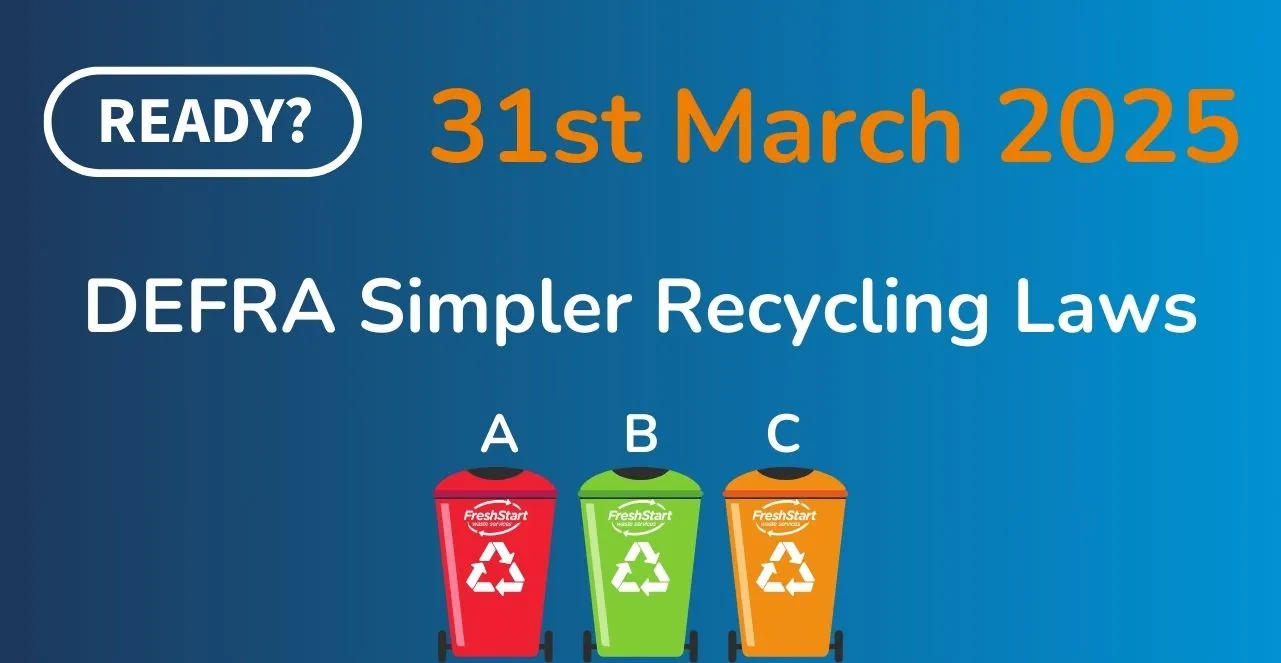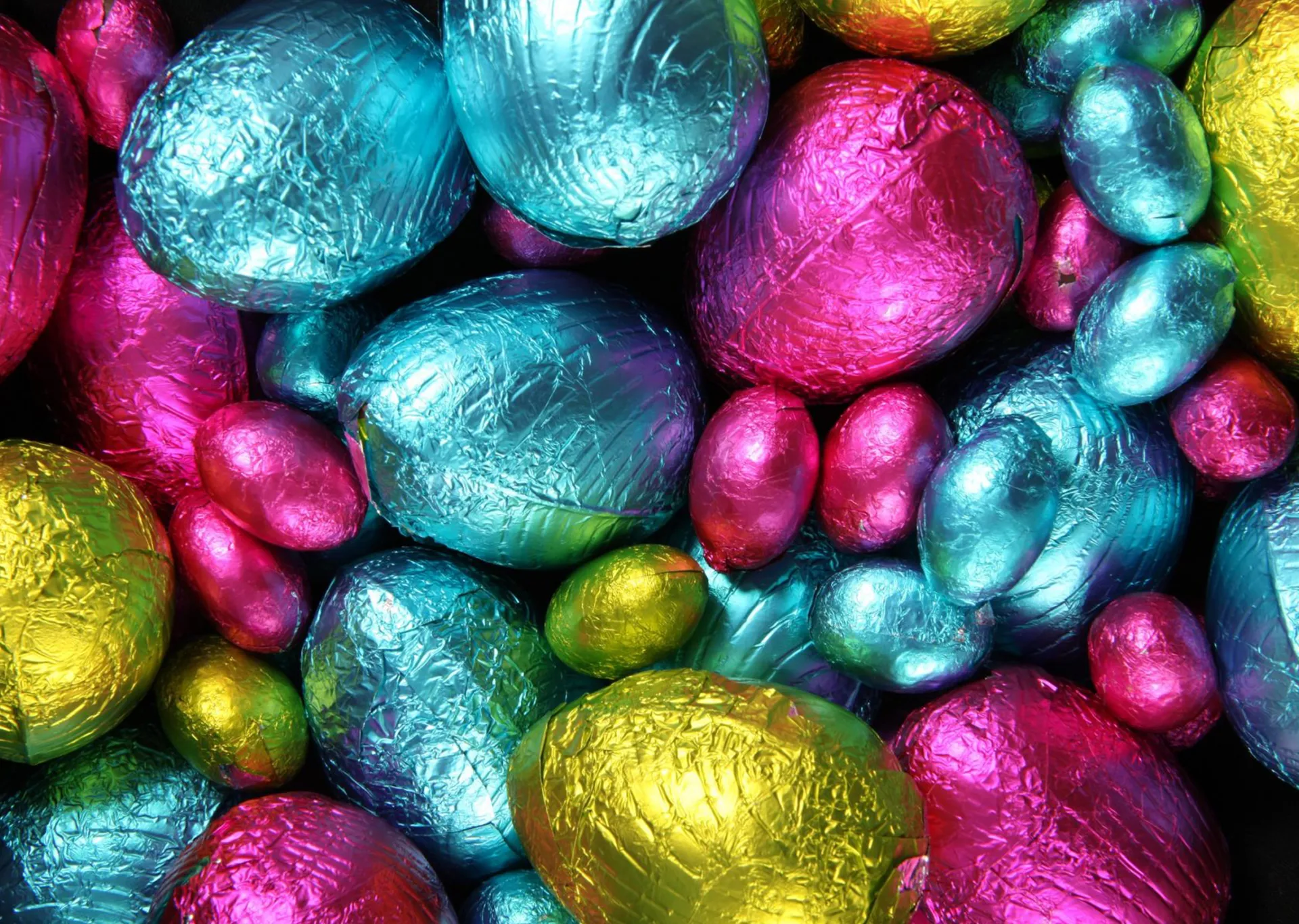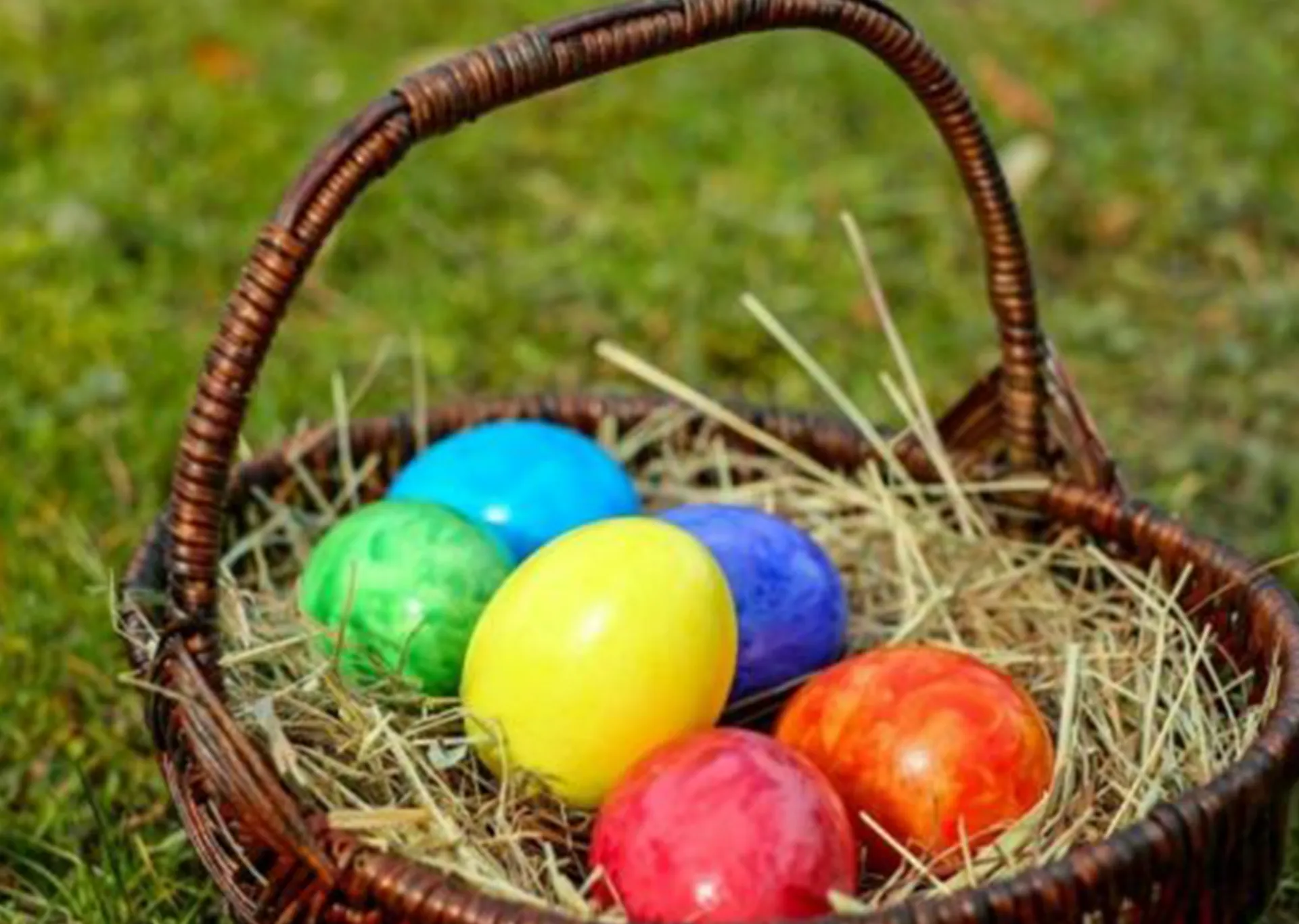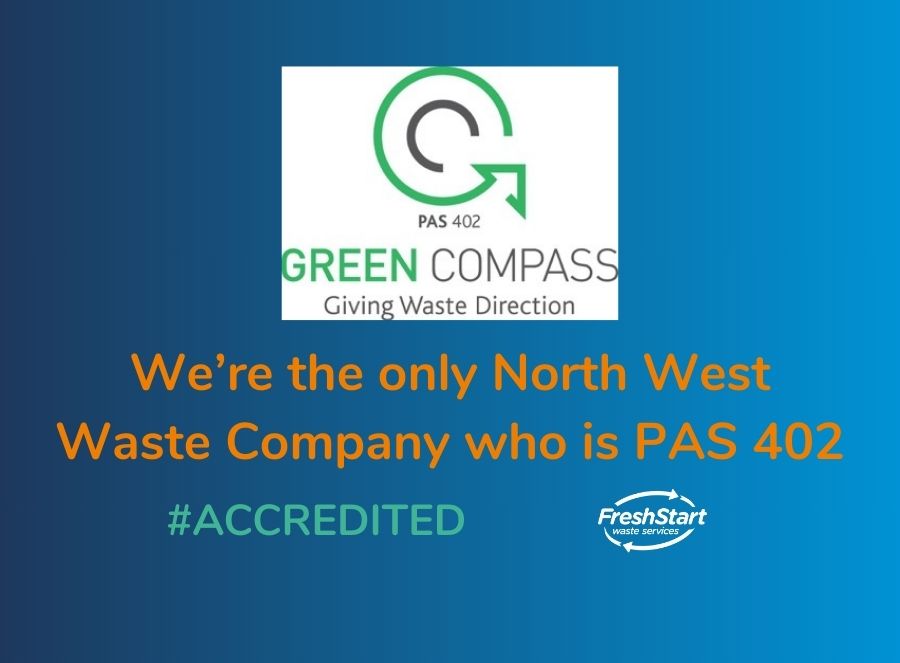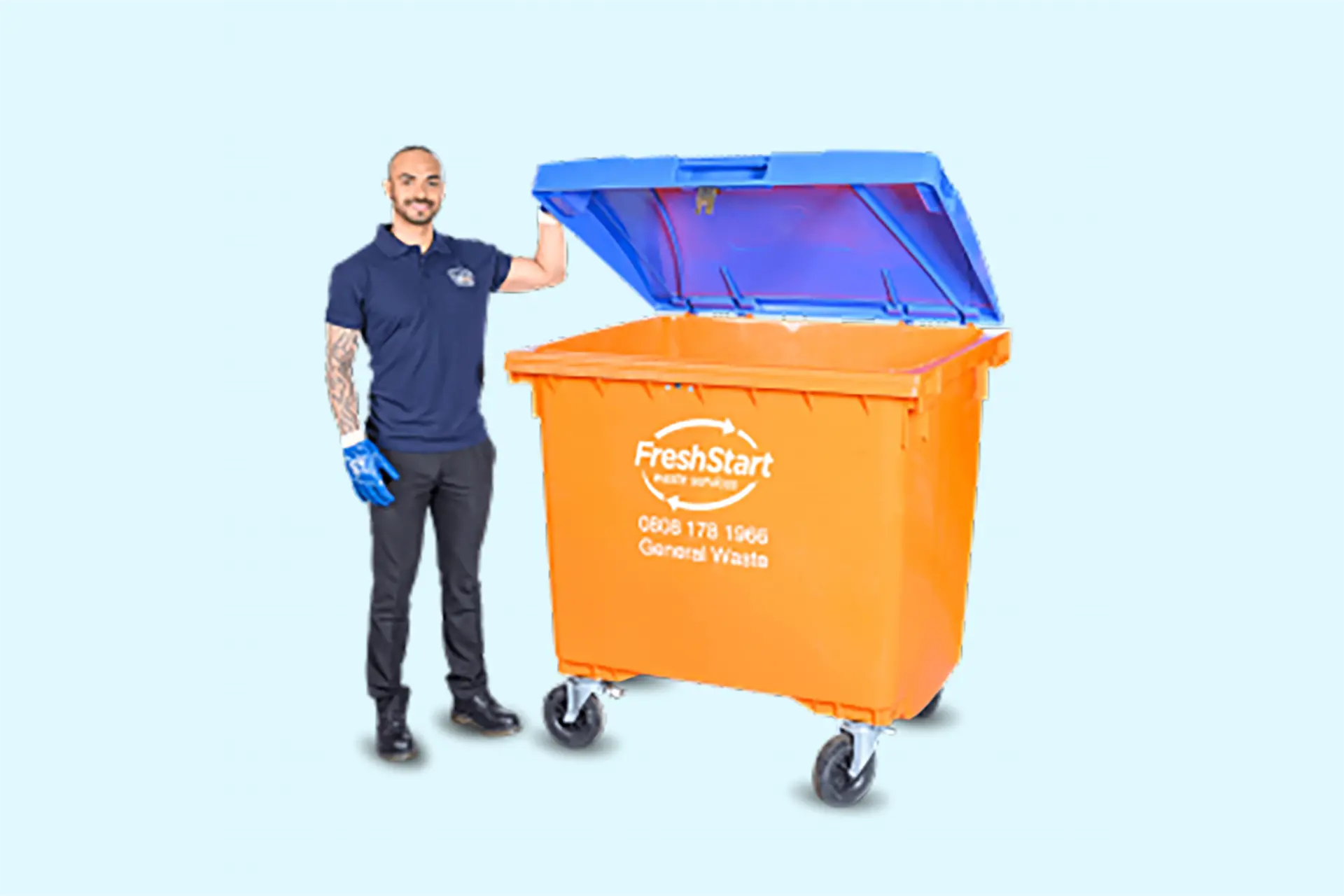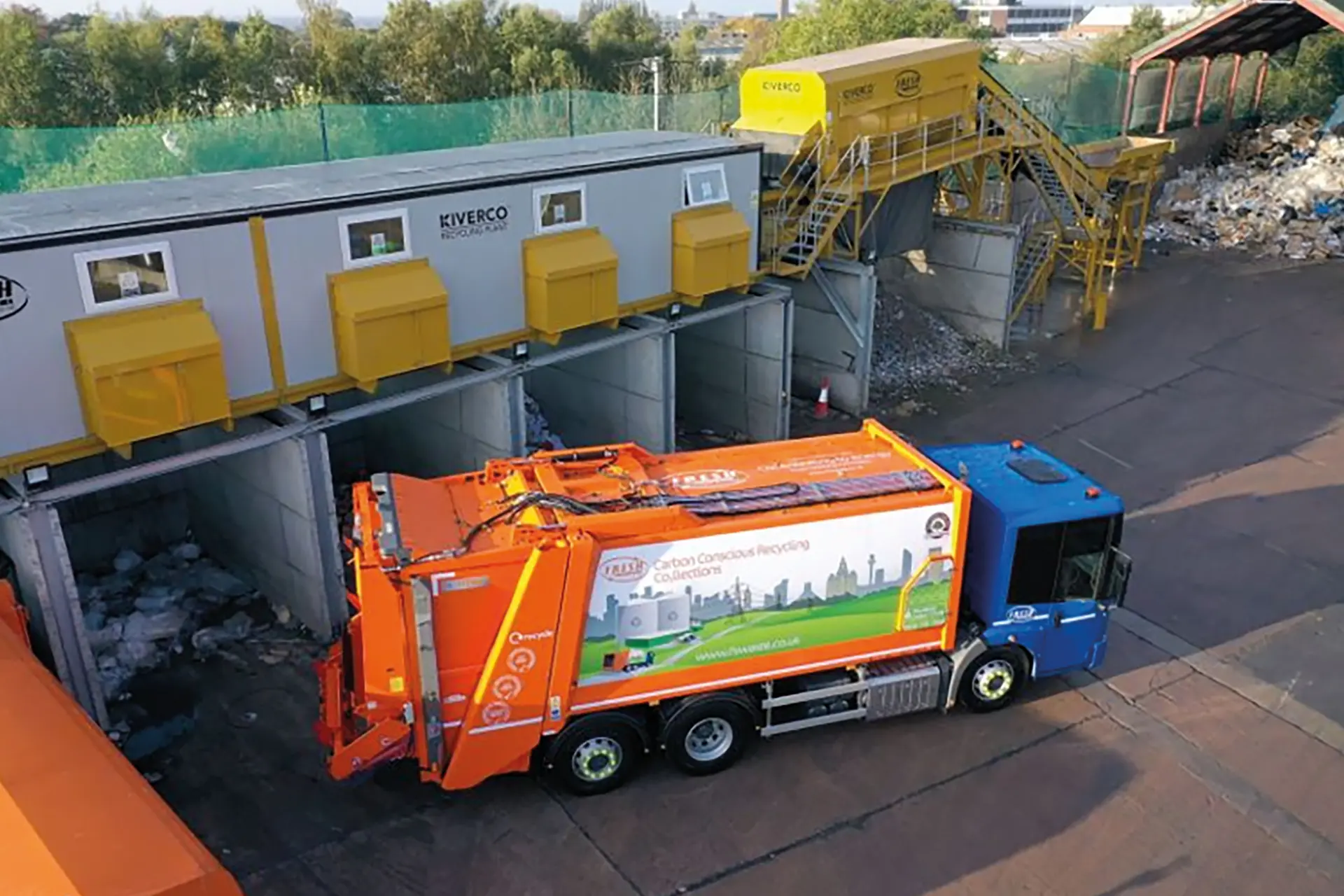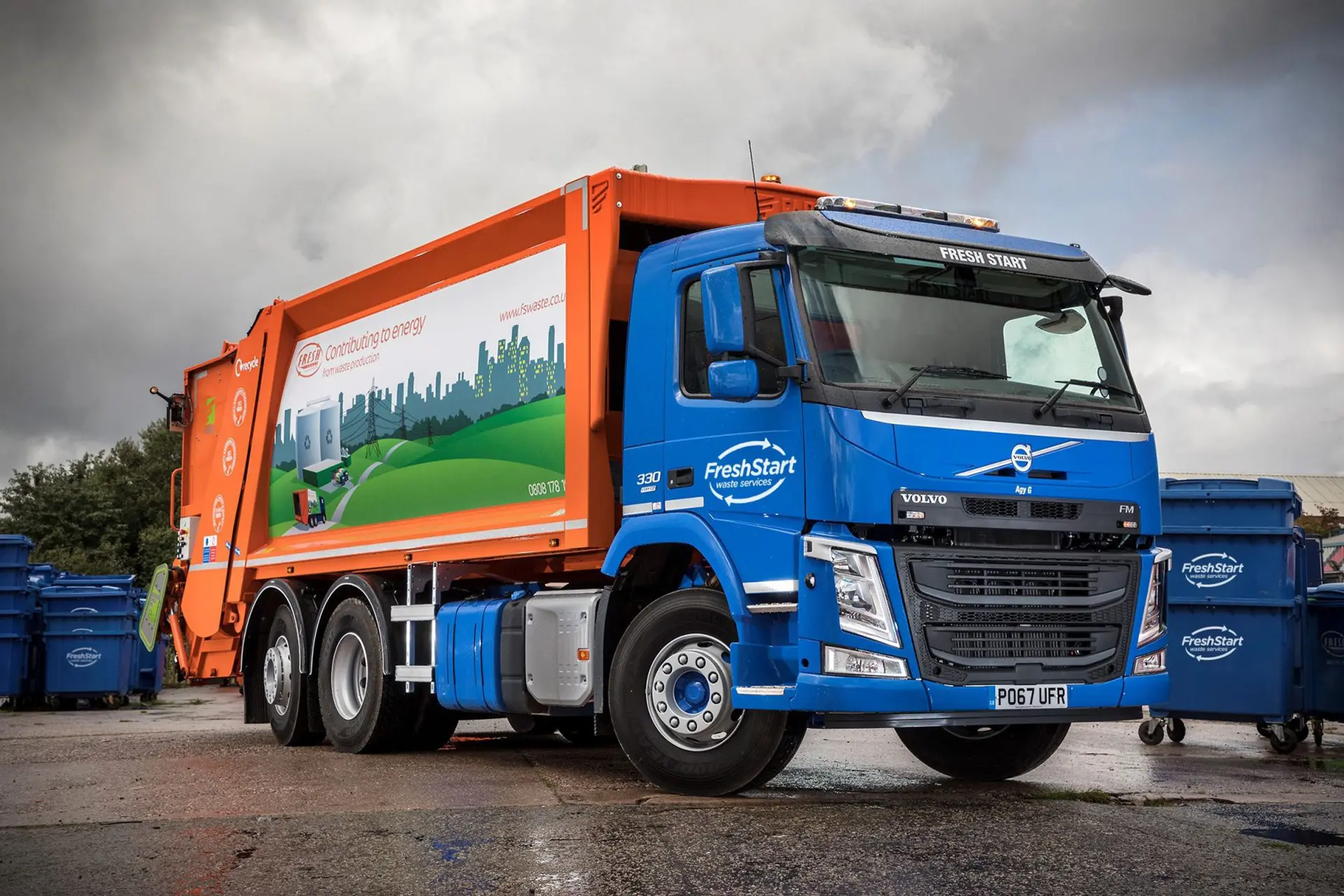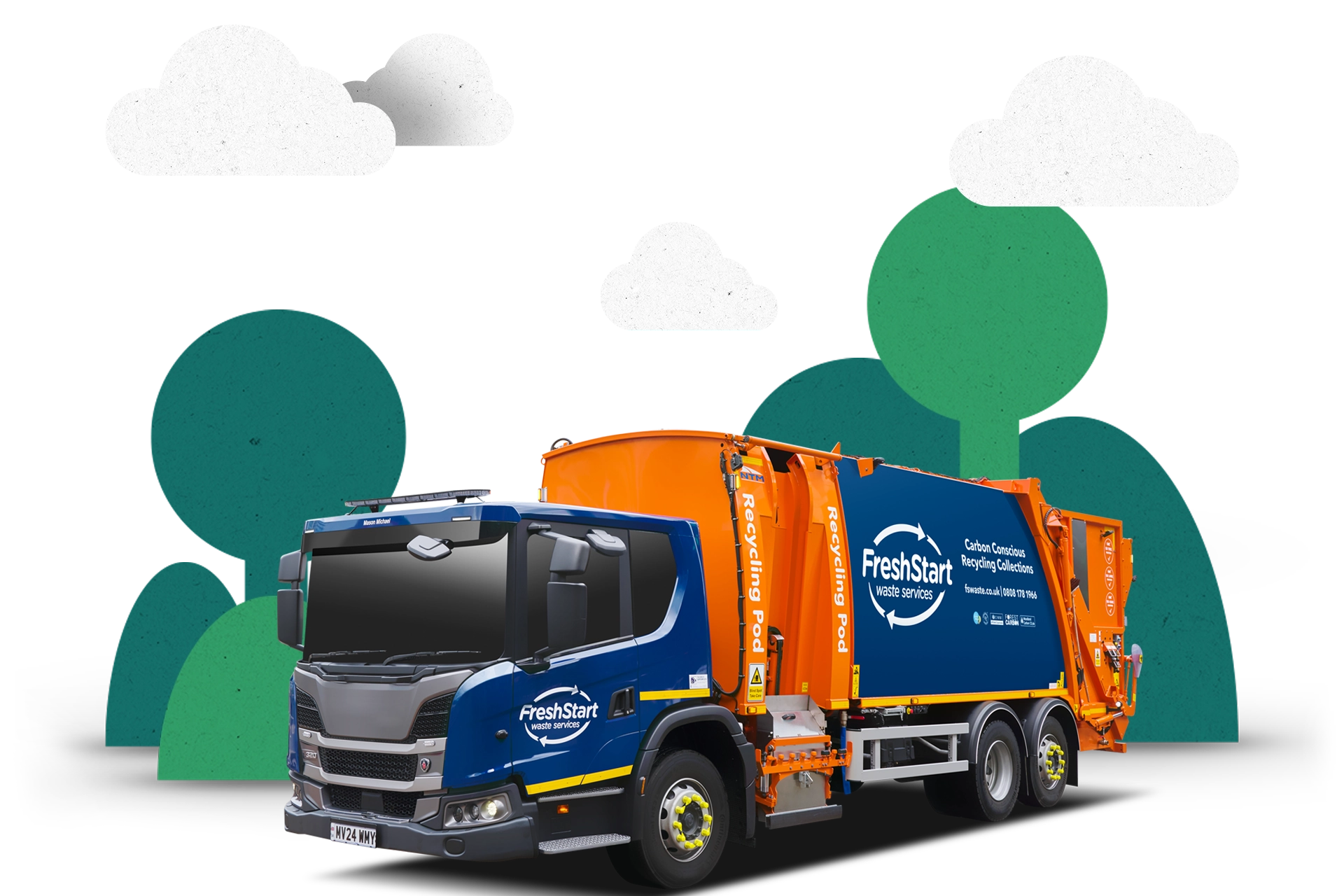Easter is upon us once again, and with recycling in the news like never before, consumers are now far more aware of issues around packaging.
A report by Which? revealed that plastic and cardboard packaging is around a quarter of the total weight of Easter eggs. The outer packaging of one of the Top 10-selling brands tipping the scales at 152g of a 418g product (or 36.4%).
In the days before widespread recycling, there would be a seasonal overload at tips and landfill sites. Confectionary giants eventually relented to environmental and parliamentary pressure against egregious ‘the bigger the better’ Easter egg outer packaging.
Mars, Nestle, and Cadbury’s all reduced the size and weight of their packaging by at least 25% a decade ago. Efforts are still ongoing to make it with more eco-friendly materials. Although they need to look attractive, the packaging does also serve a practical purpose. The inner plastic shell is there to protect the Easter egg from breaking and helps extend the product’s shelf life.
That all reduces waste to a certain degree, although the offset isn’t there if someone throws the inner shell into the bin.
This leaves the big question:
Is Easter egg packaging recyclable?
The answer is, mostly, a resounding ‘yes.’
However, let’s start with the two things you can’t typically recycle. The plastic ‘windows’ in the front of the boxes are still a no-no at this stage, and any wrappers from chocolate bars which accompany the egg will also need to go into your general waste bin.
The good news is that like any other piece of cardboard, the outer packaging (minus the ‘window’) is 100% recyclable.

